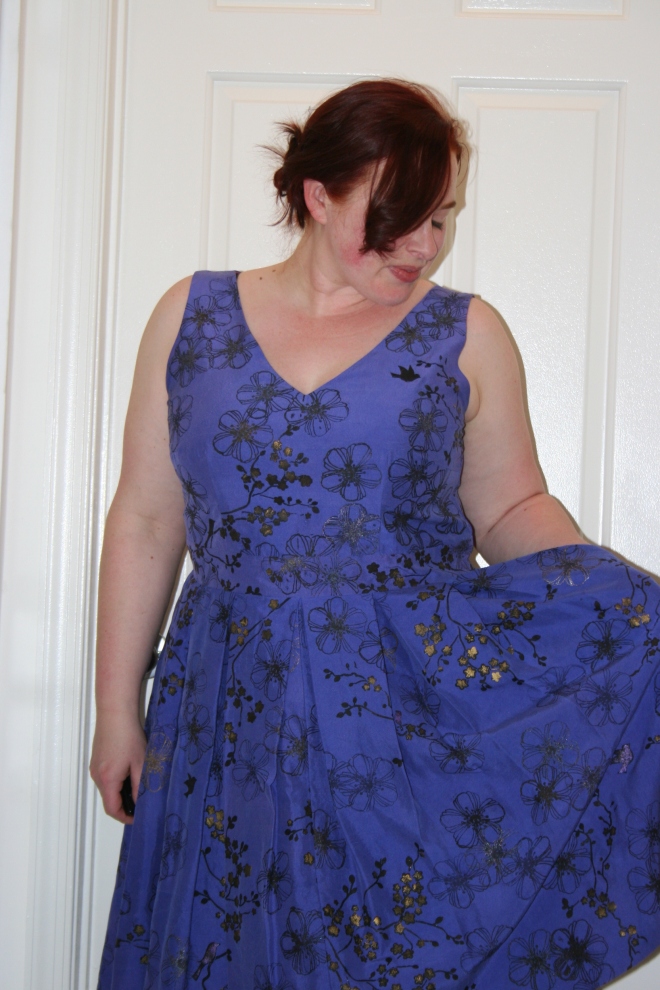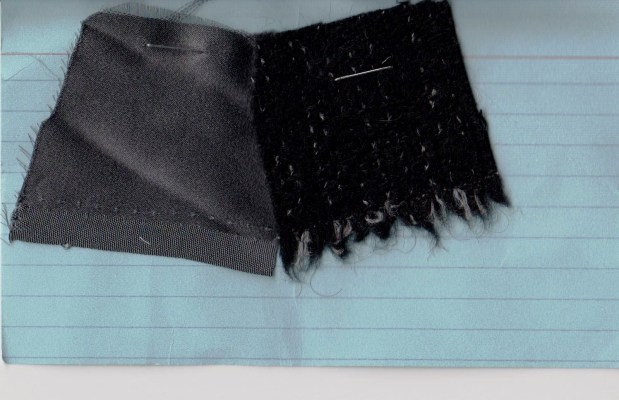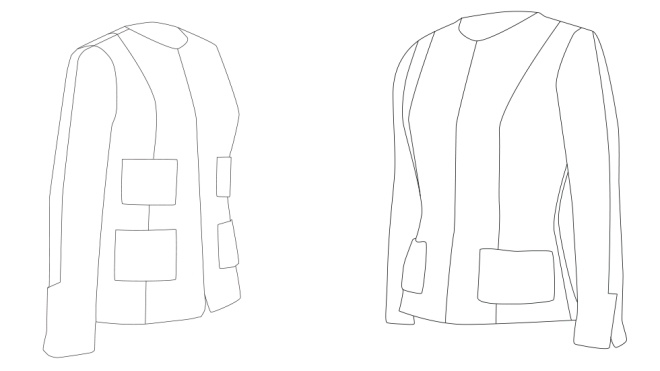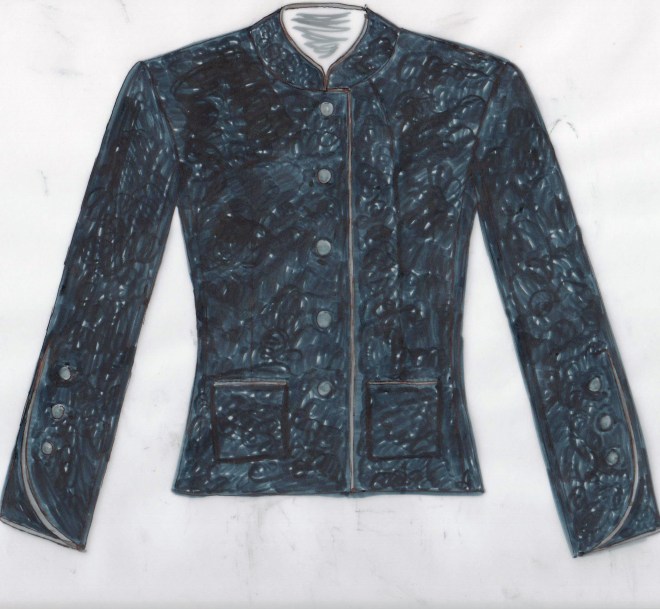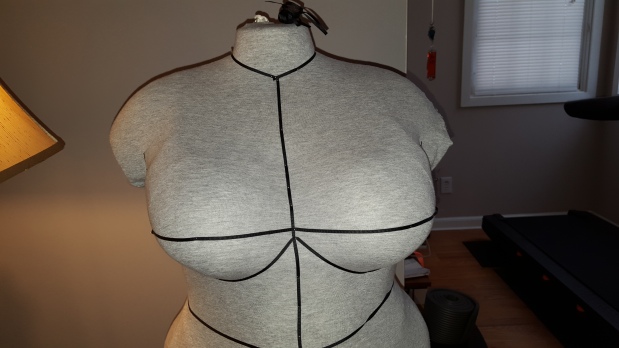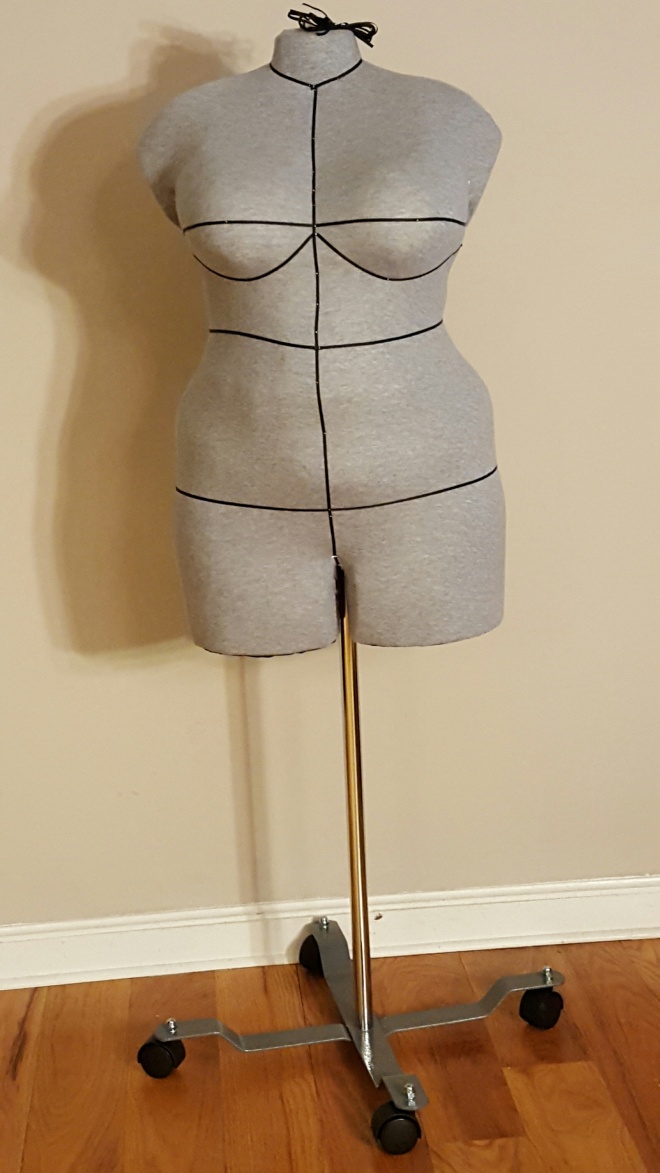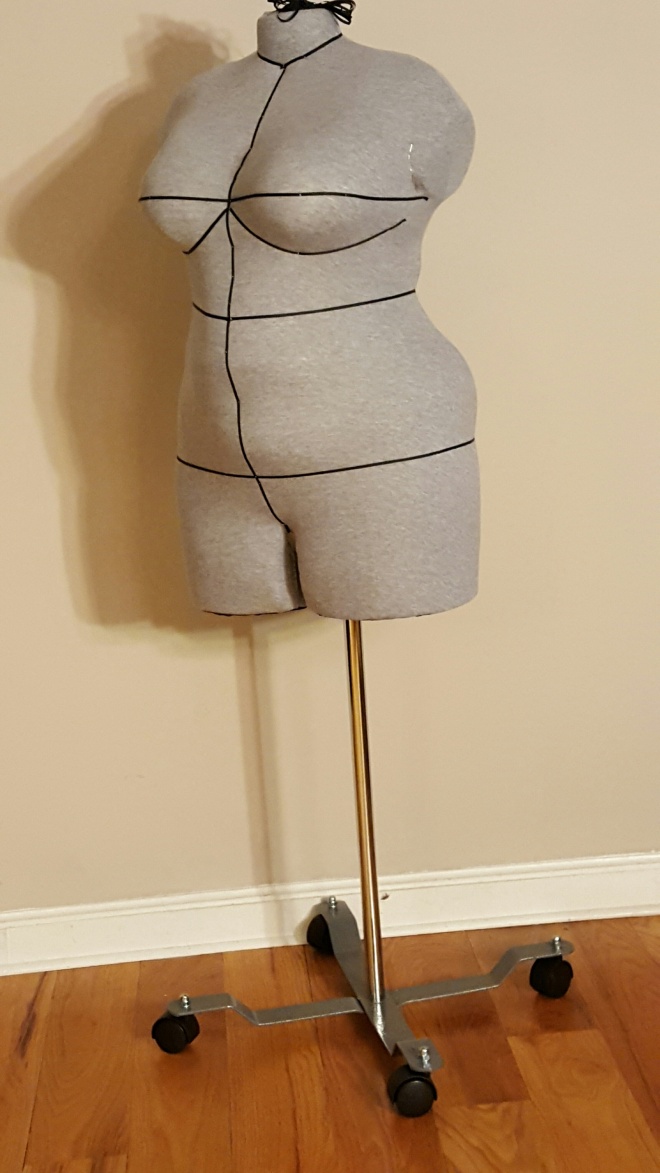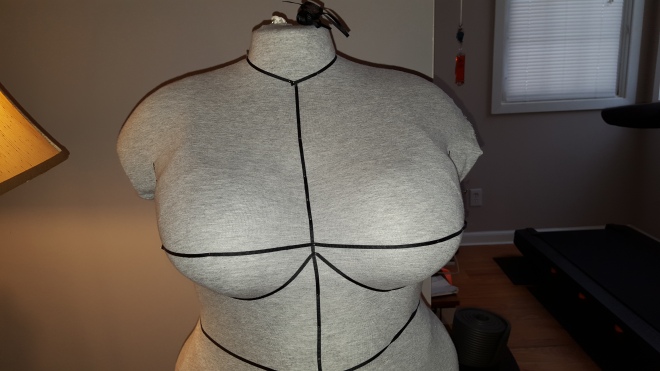
My Night Blooming Garden Upton dress worn both on my birthday and at my friend’s wedding. I love how it turned out, and I’m going to be making more! Hand-dyed and -painted silk shantung, lined in cotton lawn. (pay no attention to those faceless people behind me) Photo by Kelsey Christian.
Wow, it’s been way too long between finishing this dress and posting final photos of it. Crazy pants! Well, there was a wedding (to which I wore the dress), and it got all sweaty from the ALL NIGHT DANCING!–and then it had to be washed (yes I wash silk), and then packed for a move, and I figured why press it when it was just going to be stuffed into a Spacebag? So it didn’t get pressed until a few days ago, and then I had to wait a few days to put it on and get photos. I am nothing if not a procrastinator.
Anyway, here are photos and final thoughts on my Night Blooming Garden Dress from the Cashmerette Upton dress pattern.
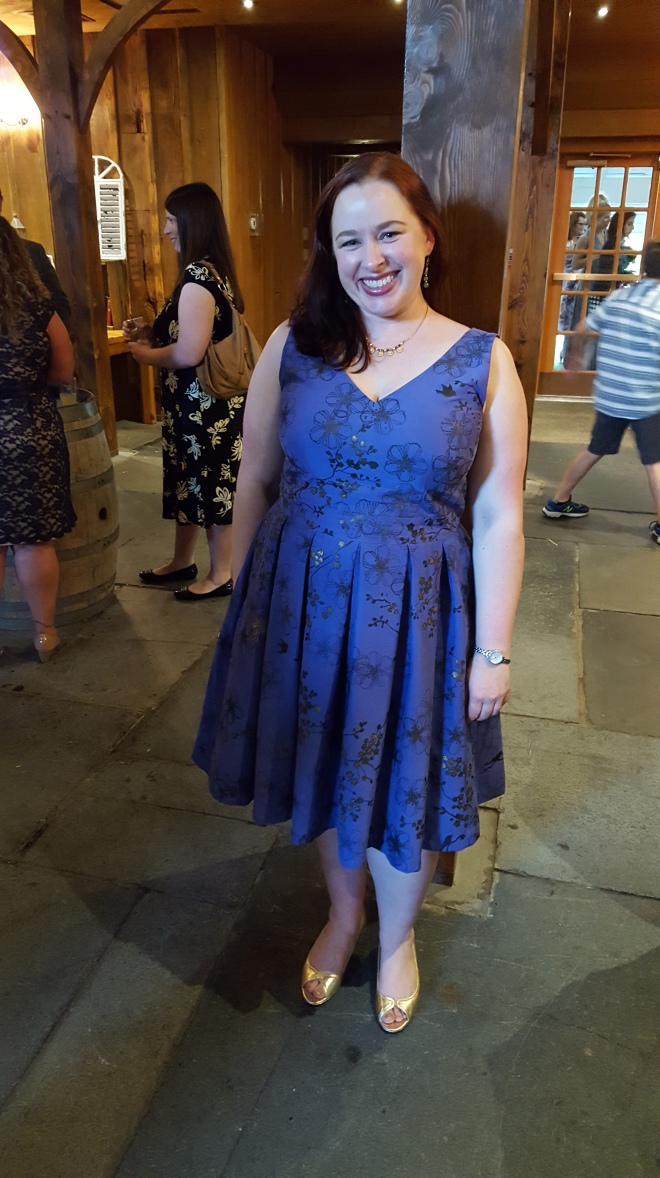
Another shot of my birthday/party dress. Not the best angle, I didn’t have time to do my hair before the wedding what with all the running around to help out, and there are some fit issues apparent, but all in all, I felt great in my dress.
Now to the fit problems–they’re minor, but they exist, and I want to fix them for the next versions. First: there’s some gaping/bubbling at the front armscye. Definitely visible in the photo above. I think it’s due to the shape of the shoulder strap’s seam. It’s a bit V shaped, probably to accommodate those who are a bit fleshier in the shoulder than I am. Easy fix: just level out that seam.
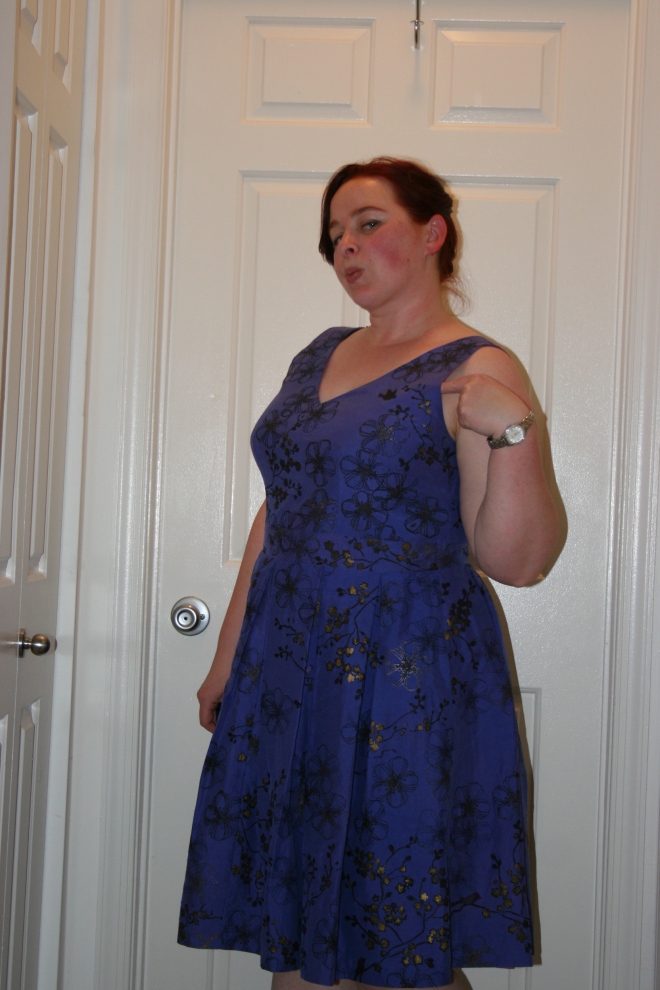
Armscye gap is gappy.
Second: It was probably a mistake to do no length adjustment through the torso. It’s not bad as-is, but it would be better if it sat a tad higher. I wanted it to sit at my natural waist, and it’s very close, but since my back waist is higher than the front (thank you, high/full hips), shaving off 1/4 inch to 3/8 inch from the bodice’s waist seam will likely be a better fit while keeping the waistband at my actual waist. The pattern is designed for this to sit a bit higher than the waist.
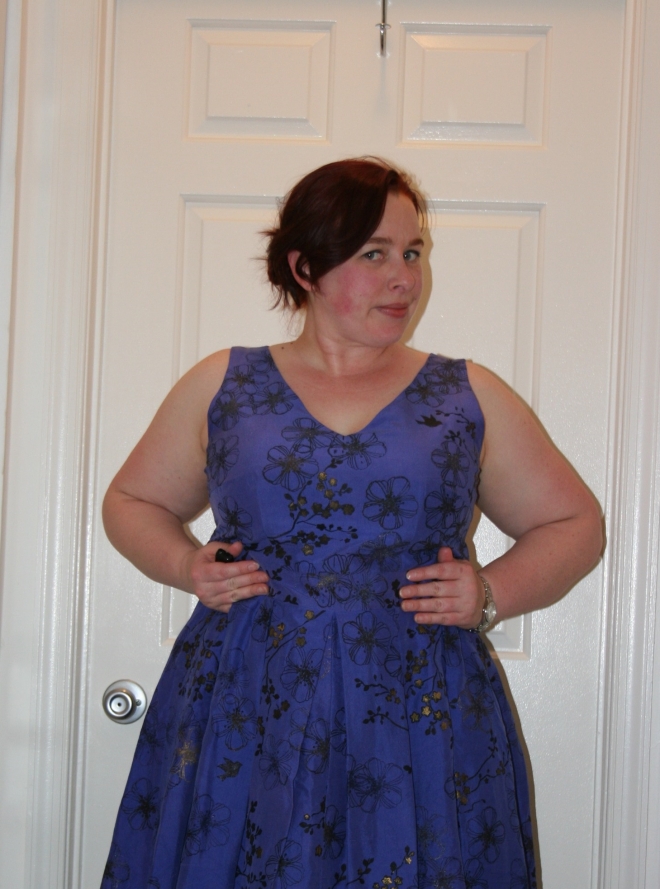
Squishing the waist upwards a bit. Yeah, I like this better.
And I think fixing the bodice length will also fix the bit of bubbling at the center mid-back that I’m getting, too. You can see it where the zipper bubbles out a bit. Without my high hip pressing up on that back waistband, this will probably hang more smoothly.

Just a bit bubbly at mid-back.
If I ever end up wearing this to another fancy event, I’ll probably wear a torso shaper thing under it, because once food hits my belly–out it goes! A little control never hurts. I am a firm believer in the benefits of shapewear. Not every day, or for every occasion, but sometimes.
It was so much fun wearing this dress to dance all night to a killer playlist in a beautiful venue with so many wonderful friends and acquaintances (and strangers)!

No, no–I’m not angry–just killin’ it on the dance floor with everyone else. Admire my dress, dancing peons! Too bad I don’t remember what song was playing. Photo by Kelsey Christian.
I love how the dress’s skirt swishes!

Swisha-swisha-swisha!
Now, about this whole washing silk thing. It is totally possible, totally safe (presuming you’ve prepared your fabric correctly before sewing the garment–always pre-wash/clean the way you intend to clean the garment), and totally easy. Large mesh laundry bag. Gentle cycle. Cold water to prevent releasing any dyes. Baby shampoo. Yes, baby shampoo. Silk is protein, like hair. Baby shampoo is very gentle and doesn’t contain a lot of extra gunk that’ll mess up the fabric. Plus it smells really nice when it comes out of the wash. Better than a baby, even. You could substitute a textile detergent like Synthrapol, but that stuff smells chemically. Or use Woolite or something similar. But I stick with baby shampoo. Then just hang or lay flat to dry and press with a hot iron on a steam setting. Good as new!
I treat ALL of my silks this way: habotai, charmeuse, dupioni (unless the shimmer and crispness is really important for the project), shantung. *I probably wouldn’t treat silk taffeta like this, however, because it would ruin the finish, reduce the crisp hand and the fabric’s sheen, and probably soften it to the point that you’d no longer hear the ‘scroop’ sound as it moves.*
Anyway, thanks for looking and reading!
